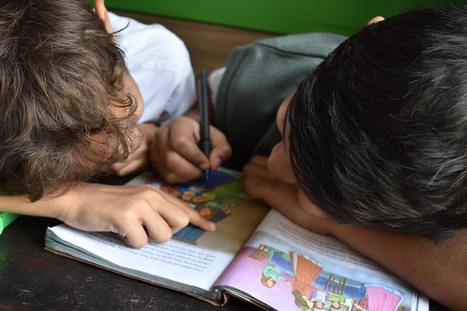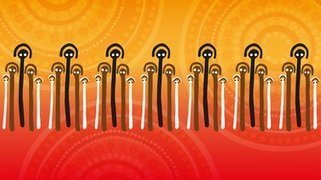With schools halting in-person meetings, we understand that many parents are currently looking for activities to provide their children with while they are at home during this time. That's where we've got you set.
Get Started for FREE
Sign up with Facebook Sign up with X
I don't have a Facebook or a X account


 Your new post is loading... Your new post is loading...
Current selected tag: 'Indigenous Perspectives'. Clear
Classrooms around the world are now using Inanimate Alice as an across-the-curriculum approach to teaching and learning. First meet Alice age 8, drawing a stickman and taking photos to send to her Dad. Grow up beside her through school and college during which time she hones her artistic and technological skills, relentlessly pursuing her dream. Classrooms around the world are now using Inanimate Alice as an across-the-curriculum approach to teaching and learning. This is a story for teachers and students who wish to explore the nature of ‘born digital’ narratives. Free from the constraints of print formats, the text becomes dynamic, driving the story forwards, and the ambient sounds complement the immersive nature of the story. The format targets students 10-14 years of age: colourful magazine pages attract younger students, while the later episodes explore more complex themes. Resources and activities help teachers integrate Inanimate Alice into the curriculum. This is a story of exploration. An adventure. Take a look at the timeline of Alice’s adventures and find the best place to start for you.
Kim Flintoff's insight:
Inanimate Alice will be well-known to many Australian educators - Education Services Australia was a longtime champion of this platform and there are many teaching resources available to support its use.
Inanimate Alice is a member of the Learning Futures Network. |
School programs and classroom resources, all linked to the Australian Curriculum, and inspired by objects in the National Museum's collection. Book a school visit or see our free fun at home activities.
Kim Flintoff's insight:
The National Museum of Australia has a range of online engagement resources that includes a collection of DIY craft activities relating to the museum's collection, and learning activities linked to Australian Curriculum - good links to Indigenous Perspectives - HASS and Geography are well represented.
From
www
Kim Flintoff's insight:
Learn about the Noongar people of Western Australia, their culture and their language.
|












Kiva U lessons involve:
- Hands-on activities
Included with Kiva U are 8 easy, streamlined lessons, divided by topic and age group. Find lesson plans in the links below!"